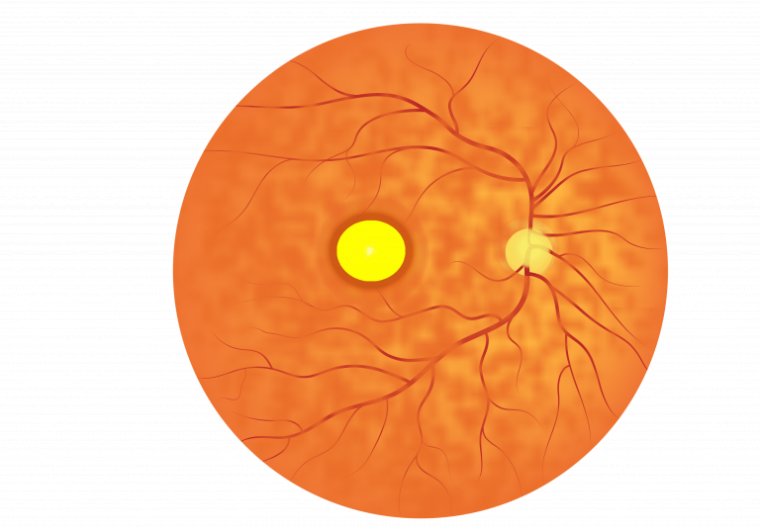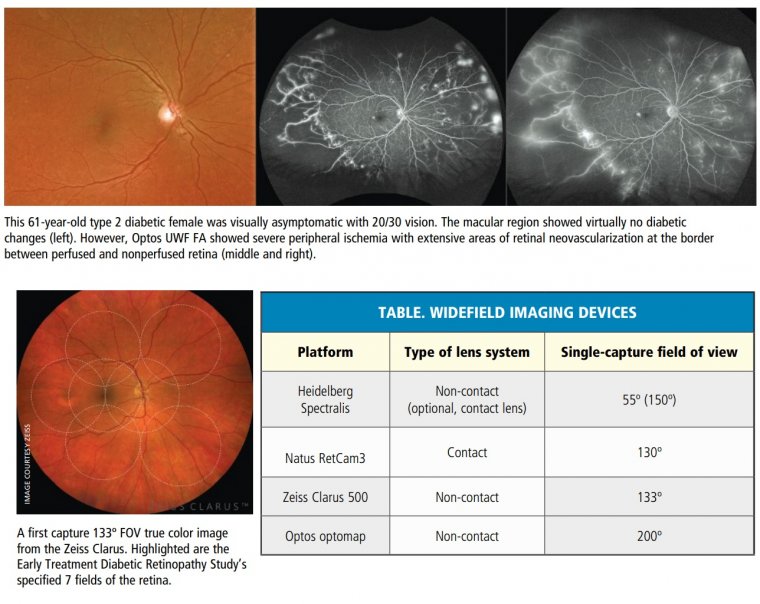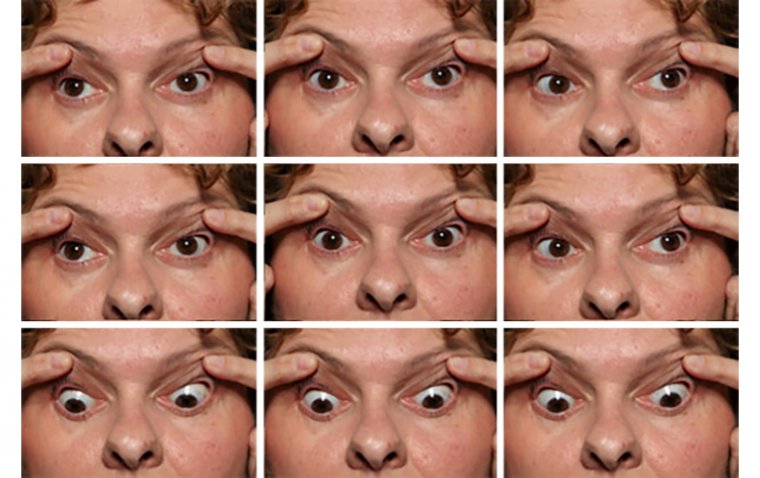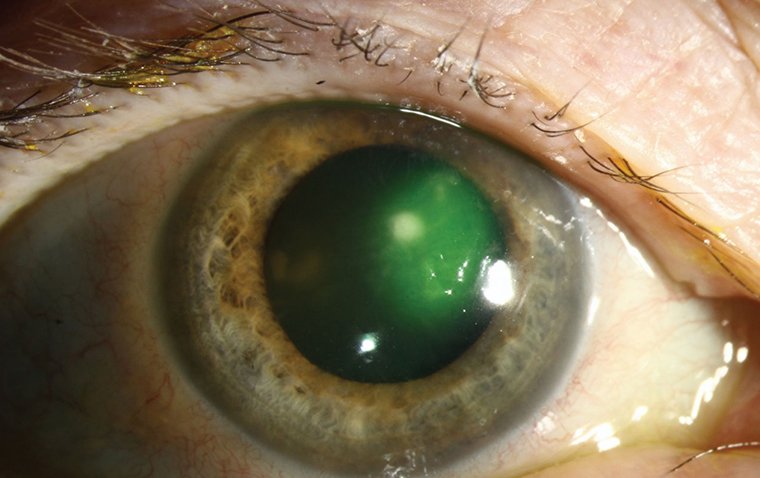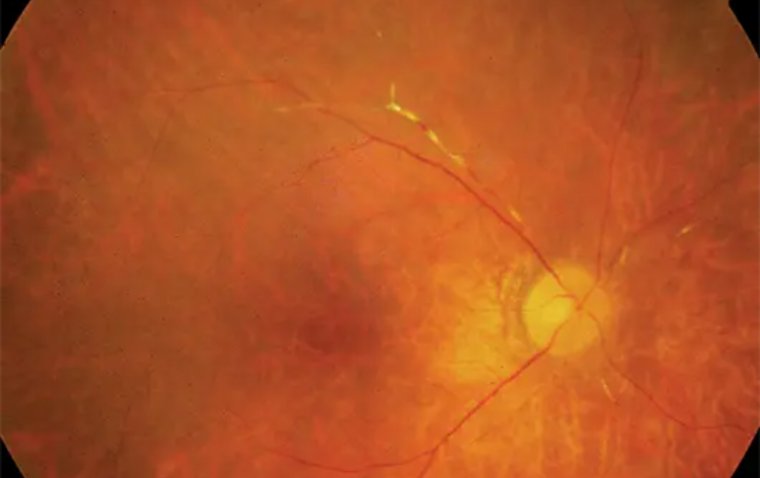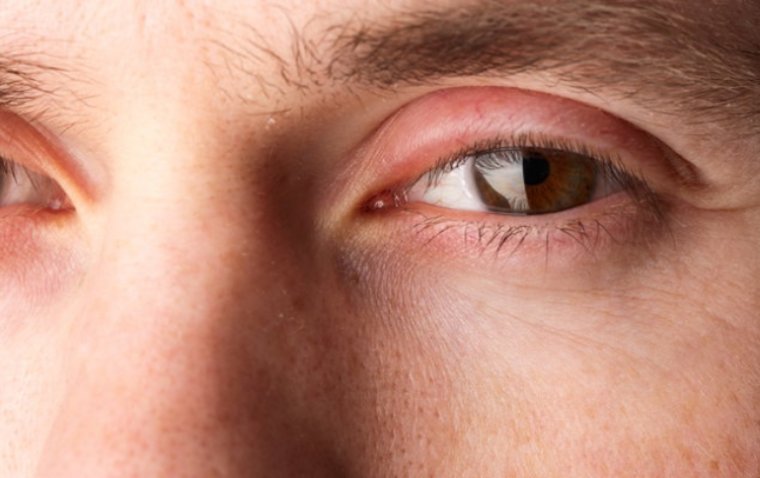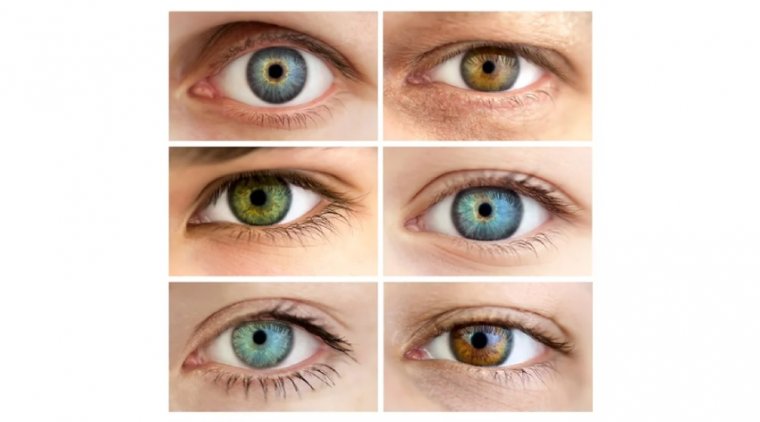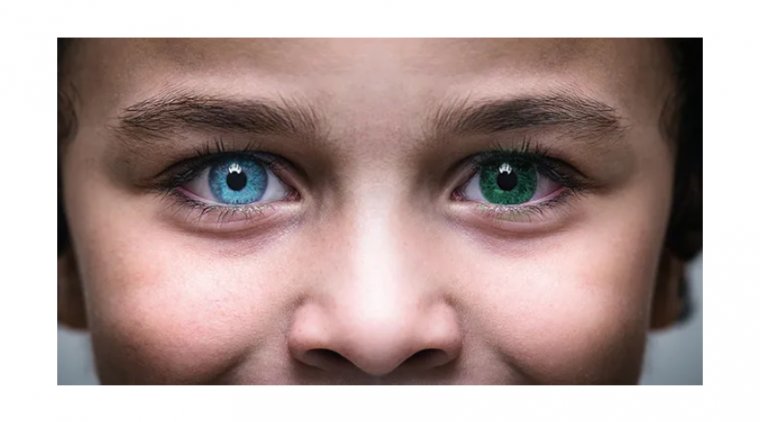
What Is Heterochromia in the Eyes and How to Deal with It?
| Table of Content |
| What Is Heterochromia? |
| What Is the Reason for Heterochromia? |
| What Are the Symptoms and Types of Heterochromia? |
| How to Diagnose Heterochromia |
| What Is the Treatment for Heterochromia? |
Many people want to have different colored eyes to look attractive and unique, or to use for cosplaying purposes. This is a good thing for people that have heterochromia because those who have heterochromia become unique and attractive with their different colored eyes since it’s rarer to see a person with heterochromia, compared to people with normal-colored eyes. There is no treatment for heterochromia, but it can be prevented by treating an underlying eye disease. It is possible to camouflage the presence of heterochromia alone by using colored contact lenses.
What Is Heterochromia?
Heterochromia (heterochromia iridum) is a genetic mutation (some may also be related to eye issues) that causes different-colored eyes. Heterochromia appears as a result of excess or deficiency of melanin (pigment). Although heterochromia is mostly related to genes, it can also occur as a result of accidents and injuries in some cases. If heterochromia is not caused by a different eye disease, unlike other eye complications, it does not require treatment, does not bother the person, and can be easily hidden by wearing contact lenses.
.jpg)
What Is the Reason for Heterochromia?
Most cases of heterochromia are due to genetic mutation and result from a disease or syndrome or injury. If heterochromia didn’t occur from another illness, it doesn’t have to be treated and heterochromia will not risk their lives. However, people that have sectoral heterochromia (partial heterochromia) and complete heterochromia might want to have eyes of the same color, so they should consult their doctor to prescribe contact lenses.
What Are the Symptoms and Types of Heterochromia?
Heterochromia can be easily diagnosed by looking from the outside. Color differences between the two eyes will be sufficient for us to diagnose heterochromia iridum. Heterochromia (heterochromia iridum) has 3 varieties such as central heterochromia, sectoral heterochromia (partial heterochromia) and complete heterochromia.
Central heterochromia means the color difference that occurs behind two eye pupils. Sectoral heterochromia (partial heterochromia) means heterochromia that occurs in one eye. This is alike to central heterochromia but instead of occurring behind the pupil, it occurs in the iris. Complete heterochromia means two different colored eyes. For example, one person’s left eye can be brown while its right eye color is blue (or other colors).
How to Diagnose Heterochromia
Diagnosing heterochromia is quite easy. The presence of heterochromia can be diagnosed if there is a color difference between the two eyes. Sometimes it can be seen as a color mutation of skin or hair. However, the most accurate diagnosis can be made by an ophthalmologist. As mentioned above there are three types of heterochromia and each one has different visual features. When diagnosing heterochromia, attention should be paid to the differences between these three types. Heterochromia eyes are mostly seen in animals and it is easier to make a visible diagnosis because of the obvious color differences.
What Is the Treatment for Heterochromia?
Heterochromia is not a disease. For this reason, there is no specific treatment method for it. If there is an underlying cause for any heterochromia treatment might need to be done. Otherwise, no type of heterochromia requires medical treatment. For those who have heterochromia, and decide that they want to have a single eye color, they can equalize their eye colors and hide the heterochromia iridis by using contact lenses recommended by ophthalmologists.
FAQ
Heterochromia is not harmful. It does not affect the quality of vision and does not disturb the person. It mostly occurs because of a genetic mutation. Heterochromia rarely occurs due to a different problem in the eyes. Unless you observe a sudden color change in your eyes, heterochromia in one eye is harmless.
Heterochromia is an uncommon mutation. According to the National Institutes of Health, heterochromia is extremely rare in humans, occurring in about 1% of the population. Among the types of heterochromia, Complete heterochromia is the rarest one.
(1).jpg)
